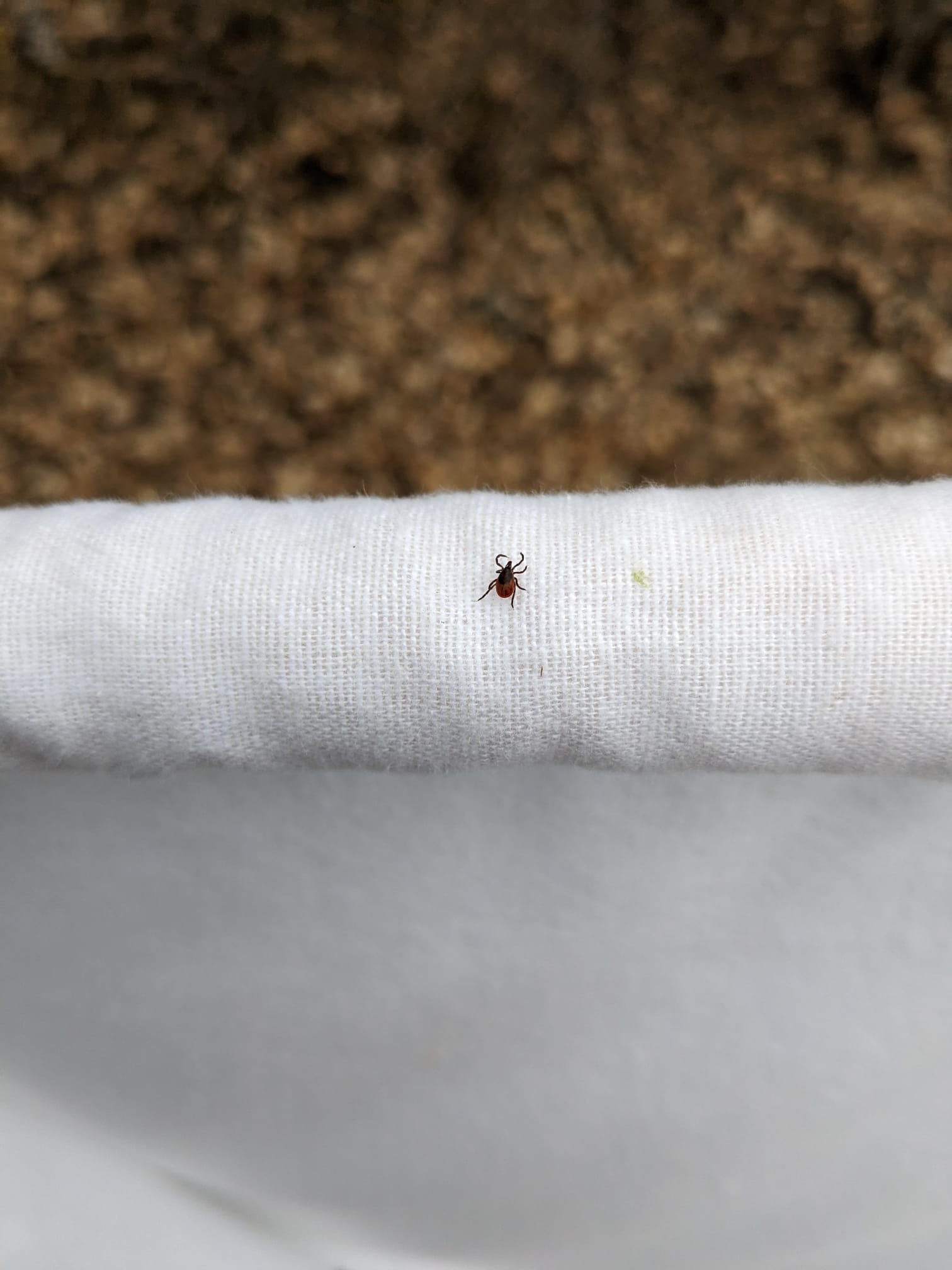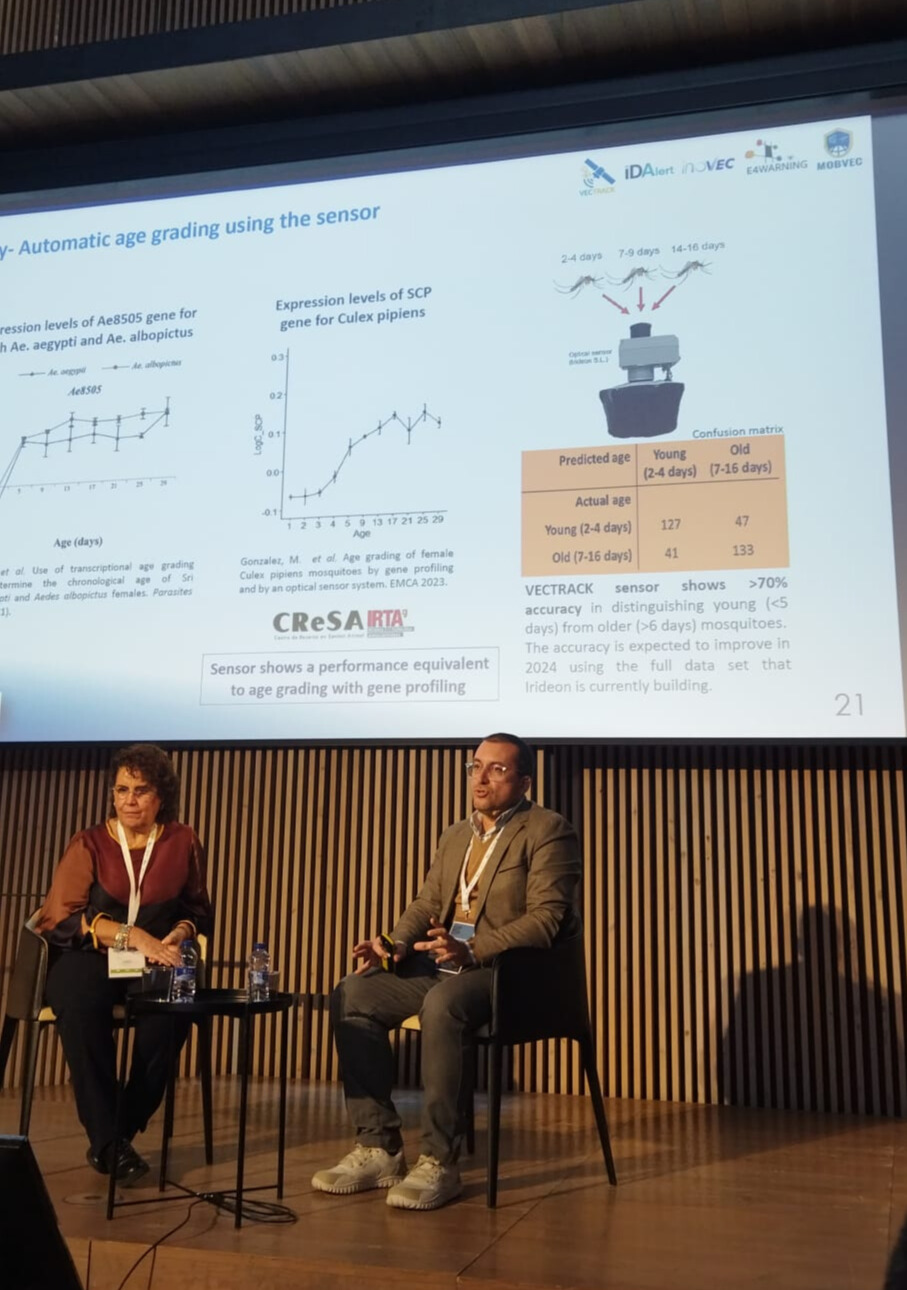A new study, carried out as part of the IDAlert project, was published in PLOS Computational Biology, examining how temperature affects the transmission of West Nile Virus (WNV), a major mosquito-borne pathogen.
The paper, Uncovering Temperature Sensitivity of West Nile Virus Transmission, explores the role of temperature in influencing WNV spread and its implications for public health. As climate change accelerates, understanding these temperature-driven dynamics is becoming increasingly crucial for disease risk assessment and planning.
Authors of the paper include: Julian Heidecke, Jonas Wallin, Peter Fransson, Pratik Singh, Henrik Sjödin, Pascale Claire Stiles, Marina Treskova, and Joacim Rocklöv.
Key Findings:
Optimal Transmission Temperature: The study found that the optimal temperature for WNV transmission is around 24°C among Culex mosquitoes, with minor species-specific deviations.
Data Variability: The research highlighted substantial variability in mosquito trait temperature responses across different experiments, indicating the need for more standardized studies.
Model Variations: Different assumptions in existing mosquito population models can lead to temperature estimates varying by up to 3°C, stressing the importance of carefully selecting the right model for prediction.





